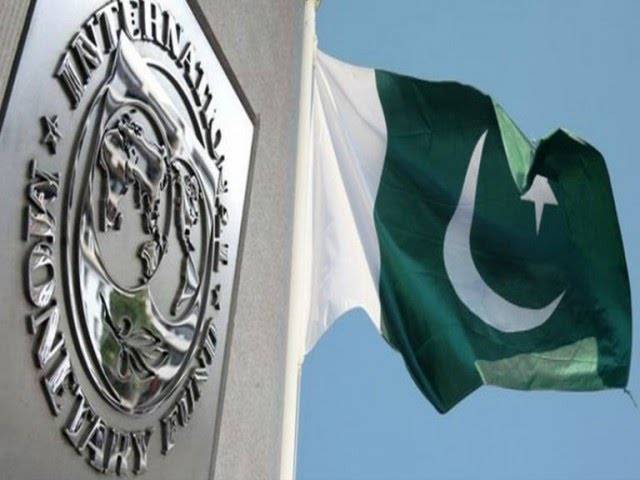IMF Report on Pakistan economy depicts "All is not well"
Shares

*ISLAMABAD: International Monetary Fund IMF has released the latest Report about Pakistan economic indicators and it depicts that all is not well on economic front as boosted by government. *
*Pakistan’s outlook for economic growth is broadly favourable, and real GDP is expected to grow by 5.6 percent in fiscal year 2017-18, said a report by country representative of the International Monetary Fund.*
The report summarising the first post-program monitoring discussions also expressed concern over weakening of the macroeconomic situation, including widening of external and fiscal imbalances, decline in foreign exchange reserves, and increased risks to Pakistan’s economic and financial outlook and its medium-term debt sustainability.
It states that economic growth has continued to strengthen and inflation remained contained. This is supported by improved energy supply, investment related to China Pakistan Economic Corridor, strong consumer growth, increased investor and consumer confidence and ongoing recovery in agriculture.
These are the factors which have been underpinning growth which could reach 5.6 percent this fiscal year within a favourable inflation environment.
However, the report cautions that macroeconomic stability gains achieved during the Extended Fund Facility (EFF) 2013-16 have been eroding, putting this outlook at risk.
Following significant fiscal slippages last year, the fiscal deficit is expected at 5.5 percent of GDP this year, with risks towards a higher deficit ahead of upcoming general elections.
The surge in imports have led to a widening current account deficit and a significant decline in international reserves despite higher external financing.
The current account deficit could reach 4.8 percent of GDP, with gross international reserves further declining in a context of limited exchange rate flexibility.
The current account deficit has been quickly widening, reflecting strong domestic demand amid an overvalued exchange rate, fiscal slippages, and an accommodative monetary policy stance.
As a result, foreign exchange reserves have been declining, reaching 2.3 months of imports as of mid-February 2018, despite significant external borrowing. Net international reserves have declined from $7.5 billion at the end of the EFF program in 2016 to negative $0.7 billion in mid-February 2018.
The fiscal slippages in FY 2016-17 have increased debt-related vulnerabilities, increasing Pakistan’s medium-term capacity to repay the IMF based on current policies.
An elevated current account deficit and increased external obligations are expected to double external financing needs in the medium term, taking a further toll on foreign exchange reserves.
However, risks to this outlook are largely on the downside, given a difficult political setting and the possibility of further widening external and fiscal deficits in the coming months.
